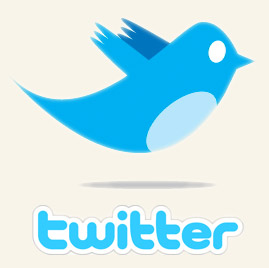Hashtag. A Universal Symbol of Change.
Those who love social media surely are getting tired of ignorant commentators who publish that social is only used for sharing what one is doing. Comedians, editorialists, and barflies love to hate on social media, especially Twitter, declaring it a means for sharing self-centered, self-aggrandizing bits of information — “I’m buying shoes on Spring Street.”
Perhaps Twitter was this way the first month and no doubt people still drivel on a bit about their whereabouts and transactions, but Twitter and the hashtag are a very different animal than the one naysayers see. There was a gentleman in Pakistan, Sohaib Athar (@reallyvirtual), who was tweeting about Osama’s death well before the rumors hit the U.S. This I learned from a Fashion Institute of Technology student, who wasn’t buying shoes at the time. Mr. Athar, though not thinking about it at the time was a citizen journalist. A global citizen journalist.
When Syrian president Bashar al-Assad decides to hack the Syrian Revolution 2011 Facebook page and change its content, it was intended to chance the course of history. When videos on YouTube show global atrocities in near real-time, that’s important.
Marketers and investors are spending a lot to time trying to monetize social media, and that is taking our eyes off the ball. Commentators are trying to gain contrarian props by telling us how frivolous social media is. But know this, the hashtag will change history. For good and in some cases bad. It is a cross media, cross language symbol. Perhaps, the first such symbol or character of its time. Peace.





